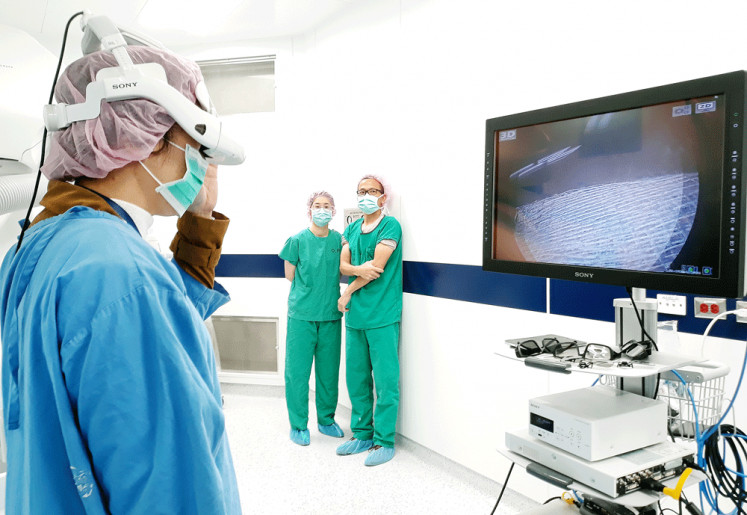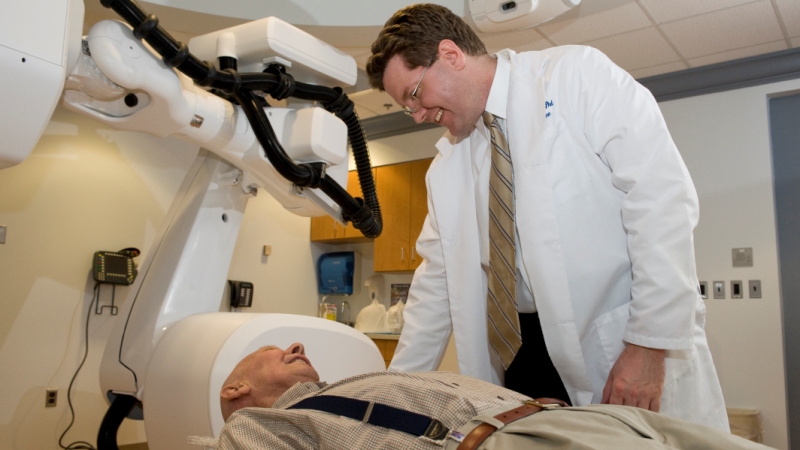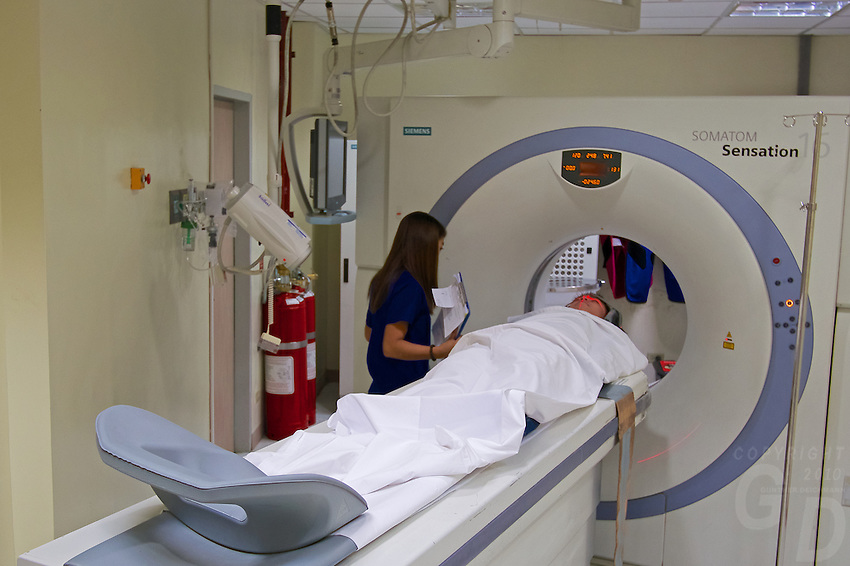Hospitals: Comprehensive Guide to Healthcare Facilities, Services, and Management

Hospitals serve as the backbone of modern healthcare systems, providing essential medical services to patients in need of treatment, diagnosis, and emergency care. These institutions not only offer clinical services but also play a critical role in medical research, public health management, and the training of healthcare professionals. Understanding the operations, types, and services of hospitals is crucial for patients, healthcare professionals, and policymakers striving to improve healthcare accessibility and quality.
The History and Evolution of Hospitals
The concept of hospitals has evolved dramatically over centuries. Early hospitals, such as those in ancient Greece, Rome, and India, were primarily religious or charitable institutions offering care for the sick and needy. During the Middle Ages, hospitals became more organized, providing structured care under religious guidance. The 18th and 19th centuries saw the professionalization of hospitals with trained medical staff, systematic medical records, and the introduction of modern surgical techniques. Today, hospitals are technologically advanced centers, integrating specialized departments, digital records, telemedicine, and evidence-based treatments.
Types of Hospitals
Hospitals vary widely depending on their purpose, services, and ownership structure. Some common types include:
- General Hospitals: Provide a broad range of medical services, including emergency care, surgery, internal medicine, and maternity services.
- Specialty Hospitals: Focus on specific medical fields such as cardiology, oncology, orthopedics, or neurology, offering advanced expertise and targeted care.
- Teaching Hospitals: Affiliated with medical schools, these hospitals combine patient care with education and research, training the next generation of healthcare professionals.
- Community Hospitals: Smaller facilities serving local populations with essential medical services, often providing emergency care and outpatient services.
- Private Hospitals: Operated by private entities, offering specialized care and amenities, often at higher costs, and sometimes catering to elective procedures.
- Public or Government Hospitals: Funded and managed by government agencies, these hospitals focus on accessible healthcare, especially for underserved populations.
Hospital Departments and Services
Hospitals are complex organizations comprising multiple departments, each focusing on specific aspects of healthcare:
- Emergency Department (ED): Provides immediate care for trauma, acute illnesses, and life-threatening conditions.
- Surgery Department: Performs both elective and emergency surgeries across various specialties.
- Intensive Care Unit (ICU): Offers critical care for patients with severe illnesses, trauma, or post-surgical complications.
- Maternity and Neonatal Care: Focuses on pregnancy, childbirth, and care for newborns, including NICU services.
- Diagnostic Services: Includes laboratories, imaging (X-ray, CT, MRI, ultrasound), pathology, and genetic testing.
- Outpatient Services: Provides consultation, minor procedures, follow-up care, and preventive health services without overnight admission.
- Pharmacy: Ensures safe dispensing of medications, patient counseling, and management of drug therapies.
- Rehabilitation and Physiotherapy: Helps patients recover mobility, strength, and functional abilities after illness or injury.
Hospital Management and Administration
Effective hospital management is essential for ensuring patient safety, quality care, and operational efficiency. Hospital administration includes:
- Healthcare Leadership: Hospital directors, chief medical officers, and department heads coordinate clinical operations, resource allocation, and policy implementation.
- Human Resources: Recruitment, training, and performance management of doctors, nurses, technicians, and support staff.
- Financial Management: Budgeting, billing, insurance coordination, and cost control measures to sustain hospital operations.
- Quality and Safety Programs: Monitoring infection control, patient safety, clinical protocols, and accreditation standards.
- Information Technology: Electronic health records (EHR), telemedicine platforms, and hospital management software streamline operations and enhance patient care.
The Role of Technology in Hospitals
Modern hospitals leverage technology to improve patient outcomes, efficiency, and accessibility:
- Electronic Health Records (EHR): Digital patient records facilitate accurate documentation, reduce errors, and improve care coordination.
- Telemedicine: Extends access to consultations, follow-up care, and remote monitoring, especially for patients in rural areas.
- Medical Imaging: Advanced imaging tools like CT, MRI, and PET scans enhance diagnostic accuracy.
- Robotic Surgery: Improves precision in complex procedures, reduces complications, and shortens recovery times.
- Patient Monitoring Systems: Continuous monitoring of vital signs in ICUs and high-risk patients ensures timely intervention.
Patient Care and Safety in Hospitals
Patient care is the cornerstone of hospital operations. Hospitals prioritize:
- Evidence-Based Medicine: Treatments and procedures are guided by clinical research and established medical standards.
- Infection Control: Strict hygiene protocols, sterilization of equipment, and isolation procedures reduce hospital-acquired infections.
- Patient-Centered Care: Focuses on respecting patient preferences, providing emotional support, and involving patients in decision-making.
- Emergency Preparedness: Hospitals maintain disaster response plans, trauma protocols, and rapid response teams for mass-casualty events.
Challenges Facing Hospitals Today
Hospitals encounter numerous challenges that impact service quality and accessibility:
- Rising Healthcare Costs: Advanced treatments, technology adoption, and staffing expenses increase financial pressures.
- Staff Shortages: Shortages of nurses, physicians, and specialized technicians affect patient care and workload distribution.
- Access Inequality: Geographic and socio-economic disparities limit hospital services for underserved populations.
- Healthcare-Associated Infections (HAIs): Preventing HAIs requires continuous monitoring, training, and investment in infection control.
- Integration of Technology: Implementing new technologies requires training, infrastructure, and investment to maximize benefits.
The Future of Hospitals
Hospitals are evolving to meet the demands of changing demographics, technological advancements, and patient expectations. Trends include:
- Smart Hospitals: Integration of AI, IoT, and predictive analytics to optimize patient care, resource management, and decision-making.
- Personalized Medicine: Tailoring treatment plans based on genetic profiles, lifestyle, and individual health data.
- Sustainable Healthcare: Eco-friendly hospital designs, energy-efficient systems, and sustainable waste management.
- Outpatient and Ambulatory Care Expansion: Focus on reducing inpatient stays while delivering effective outpatient treatments.
- Collaborative Healthcare Networks: Hospitals partnering with clinics, research centers, and telehealth providers to ensure continuity of care.
Conclusion
Hospitals remain an essential pillar of healthcare, providing a wide array of services ranging from emergency care to specialized treatments. Through technology, effective management, and patient-centered approaches, hospitals continue to enhance health outcomes, advance medical research, and improve access to quality care. Understanding hospital operations, services, and innovations empowers patients to make informed healthcare choices and promotes awareness of the critical role hospitals play in community well-being.
FAQ Section
1. What is the difference between a general hospital and a specialty hospital?
A general hospital offers a wide range of medical services across various fields, while a specialty hospital focuses on one area, such as cardiology, oncology, or orthopedics.
2. How do hospitals ensure patient safety?
Hospitals implement infection control protocols, patient monitoring systems, staff training, evidence-based guidelines, and accreditation standards to maintain safety.
3. What is the role of telemedicine in hospitals?
Telemedicine provides remote consultations, follow-ups, and monitoring, improving access for patients in rural or underserved areas.
4. How are hospitals financed?
Hospitals can be funded through government budgets, private ownership, insurance reimbursements, charitable contributions, or patient fees.
5. What is a teaching hospital?
Teaching hospitals are affiliated with medical schools and combine patient care with medical education and research activities.
6. How does technology improve hospital care?
Technologies like EHR, robotic surgery, AI diagnostics, and patient monitoring enhance treatment accuracy, efficiency, and patient outcomes.
7. What challenges do hospitals face today?
Challenges include rising costs, staff shortages, healthcare disparities, infection prevention, and the integration of new technologies.
This comprehensive guest post provides a detailed look into hospitals, emphasizing their functions, departments, technology, challenges, and the future of healthcare facilities.



